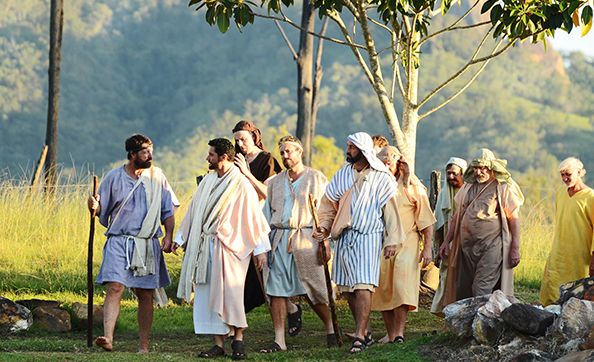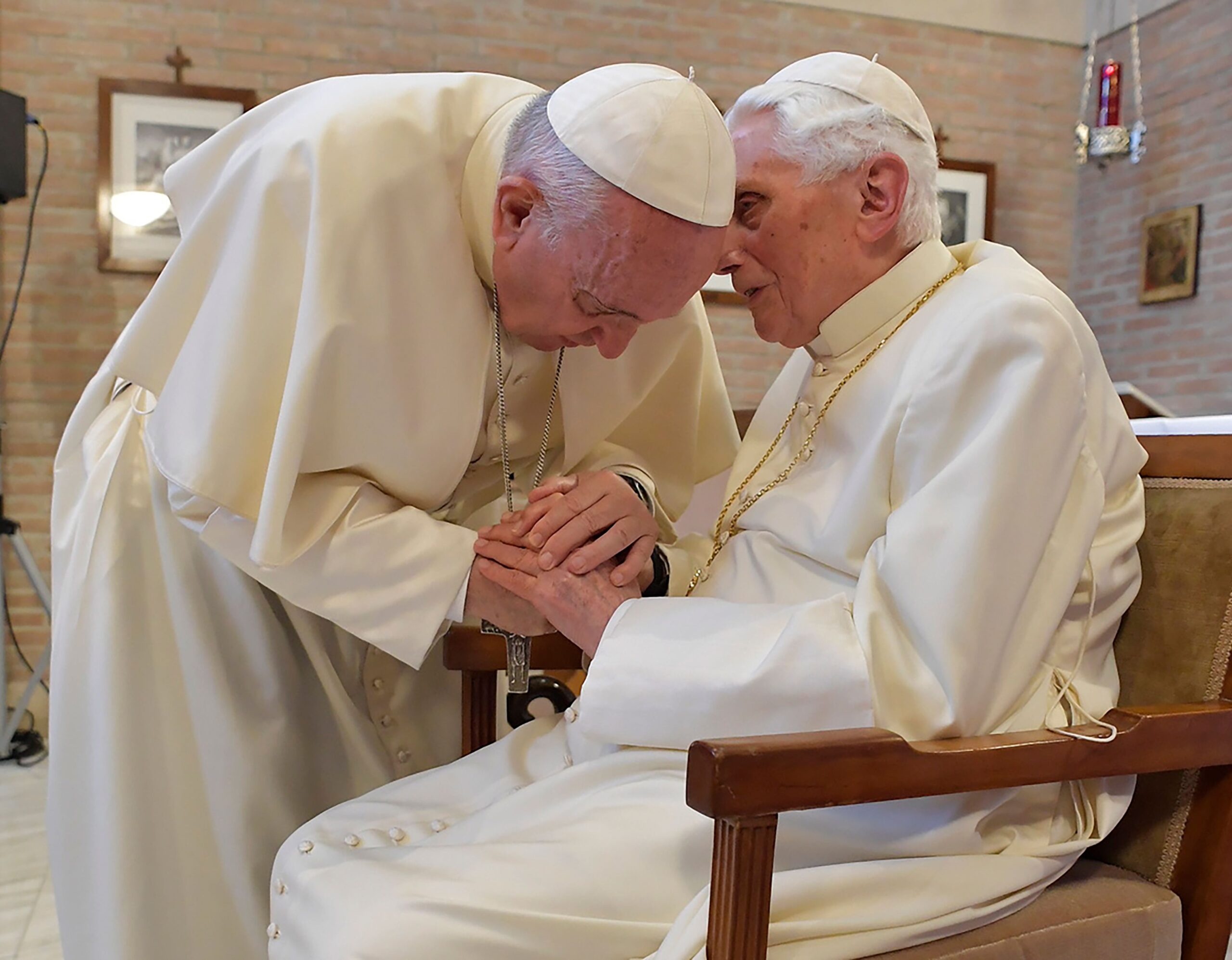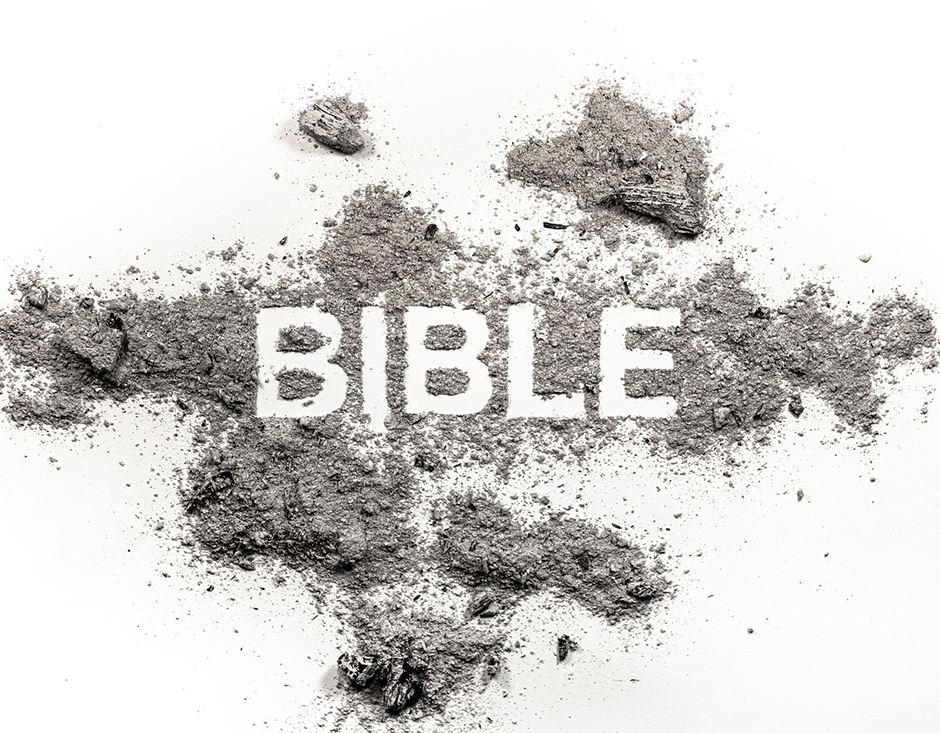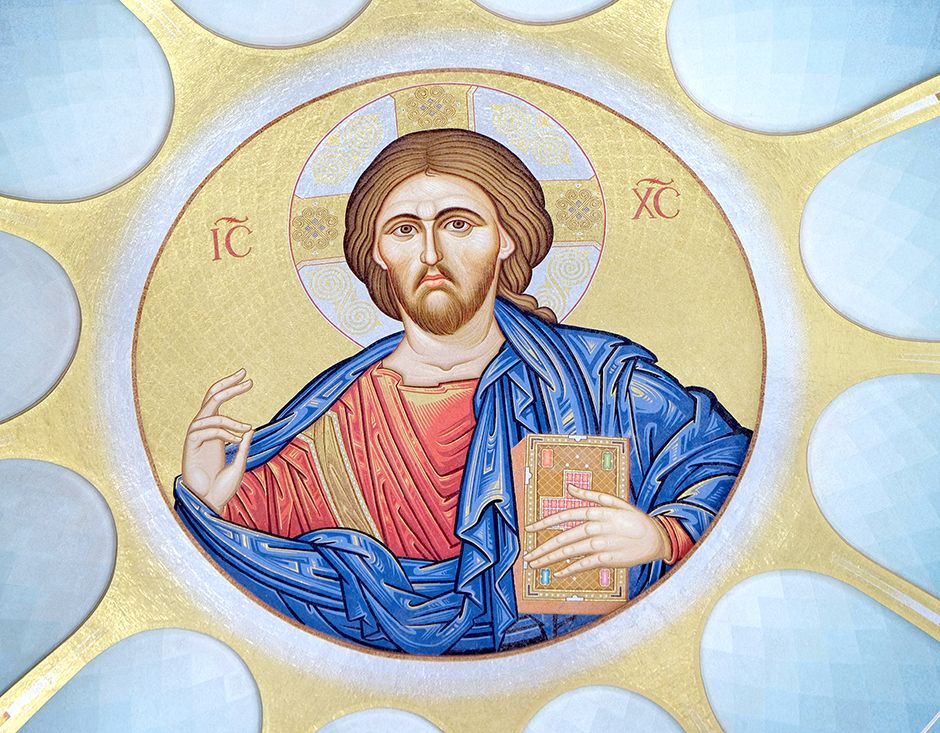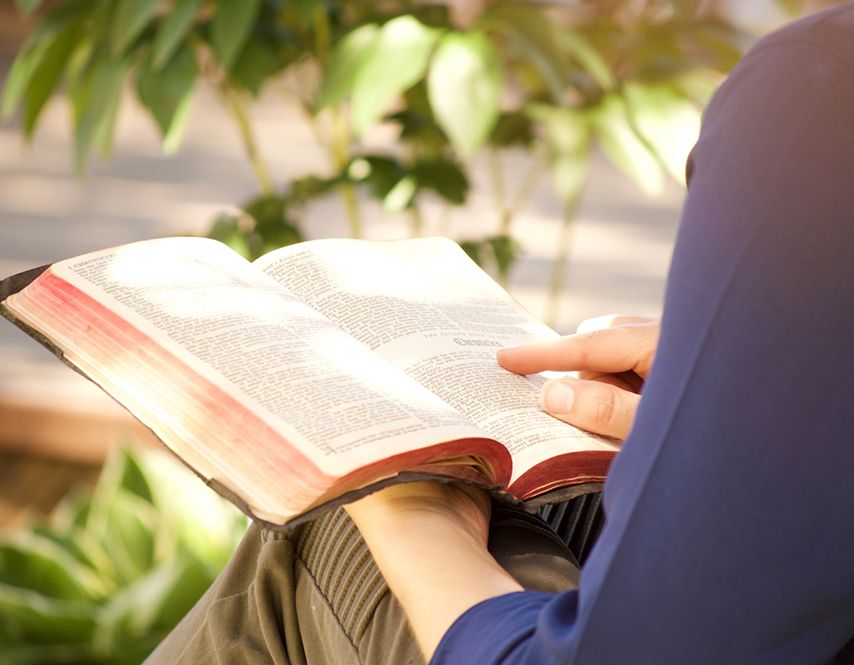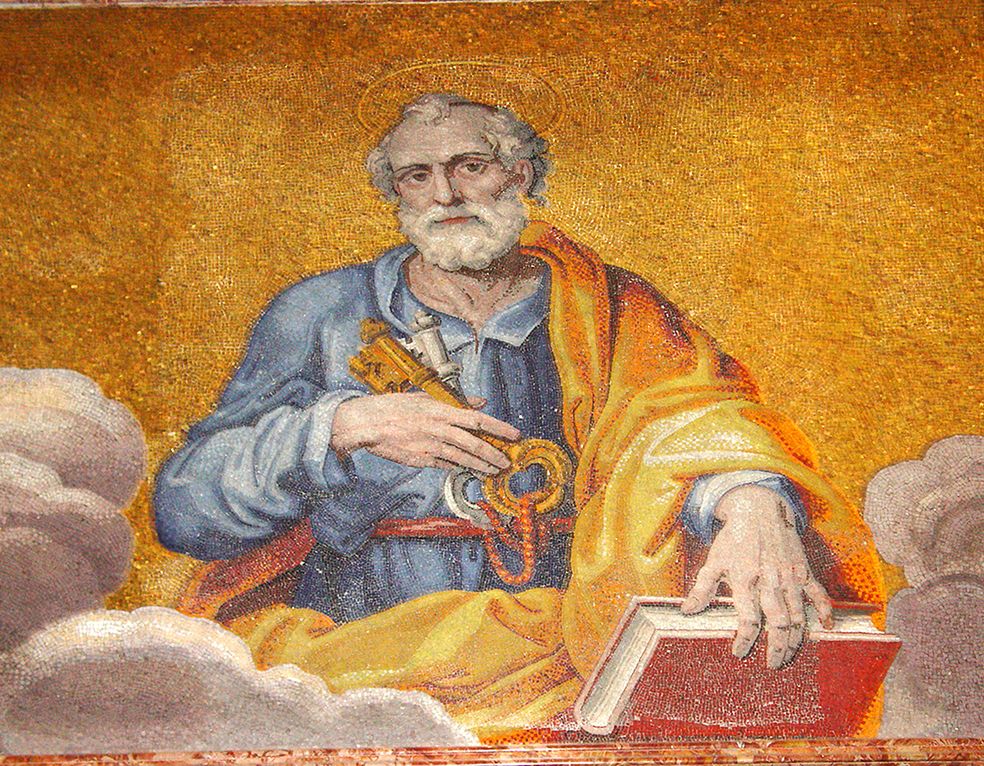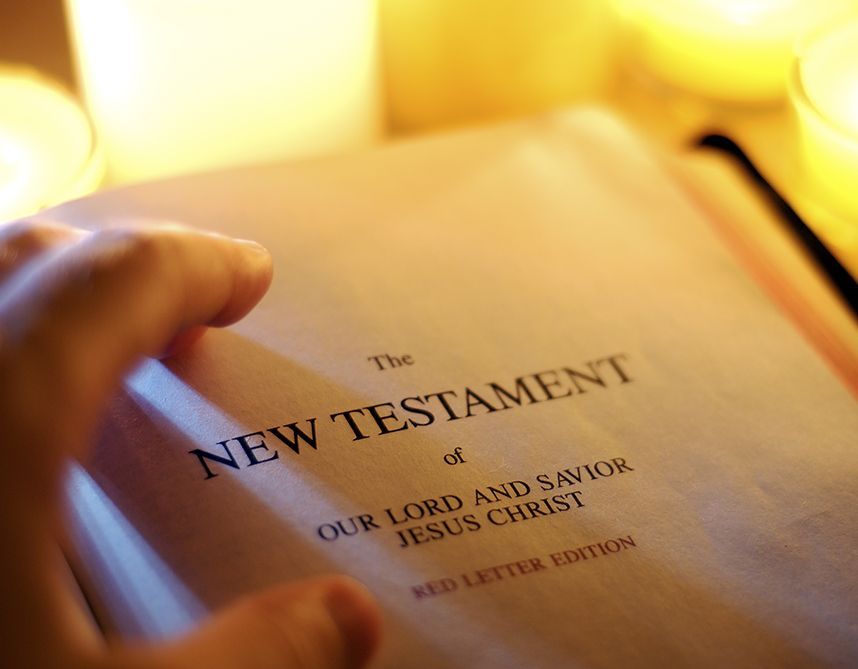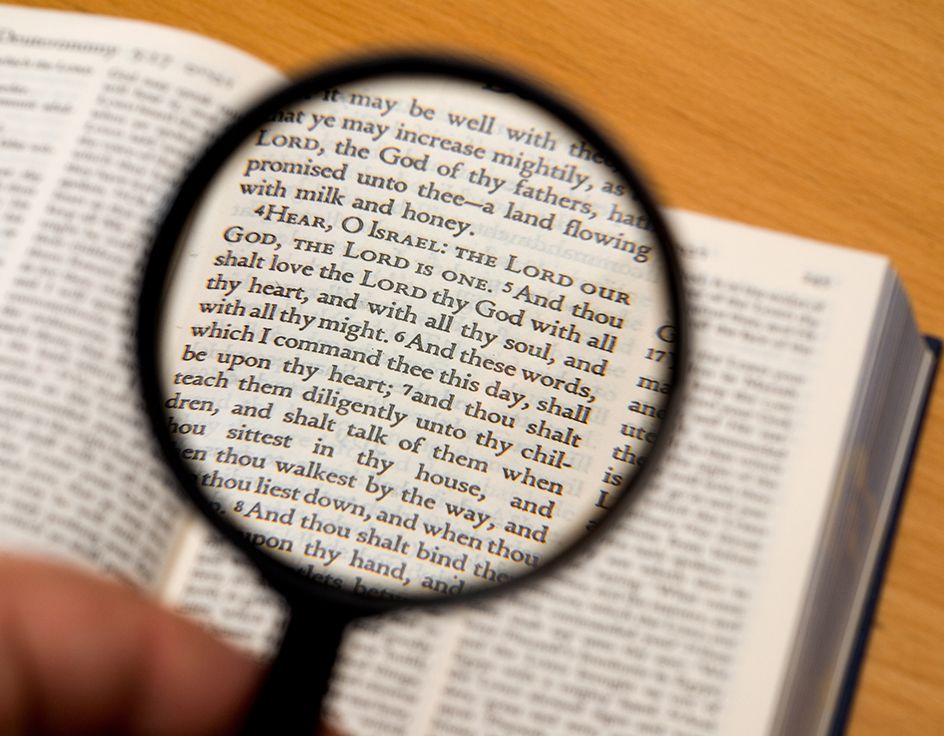The Bible is a collection of books that are many in number and different in quality. It is the living and believing community, the Church that is responsible for their choice. The official list of the books of the Bible is called Canon which means: rule, measure. They are the books that measure up to the truth and goodness of God’s genuine revelation. The books included in the Canon are called canonical.
In the Canon, there are 27 books in the New Testament that are accepted by all Christian denominations. For the Old Testament, the Catholic Church accepts 46 books as it was in the Alexandria Collection, at the time of the first translation of the Old Testament from Hebrew to Greek, the so-called Septuaginta (seventy).
This translation is very famous and was done around the year 200 BC. According to the legendary tradition, the translation was the work of seventy scholars who worked individually, yet the result was miraculously the same. At the time of the Apostles, that was the Old Testament in Greek that was used by the Christian community.
The criteria for choosing the books for the Canon are divine inspiration and absence of error. The first document of the choice made over time by the Christian community goes back to the end of the 2nd century and is called the Muratori List. It was around the 4th century that the “Canon” was finalized. Eventually, during the Council of Trent, the Canon was the object of a dogmatic definition.
The Deuterocanonical Books
Seven of the books of the Old Testament were written originally in Greek and didn’t need translation. They are: Tobit, Judith, 1-2 Maccabees, Baruch, Sirach, and Wisdom. They are called Deuterocanonical because they were added later to the official list. The deuterocanonical books are important because they witness to some truths that are present only in them like life after death (Wisdom) and prayer for the dead (Maccabees).
The Jewish people do not accept them in their Canon since they follow the Jerusalem Collection of only 39 books, all in Hebrew. The Protestants follow the Jewish canon, but recently added the deuterocanonical books to their Bibles, placed all together in a separate section. Apocriph are books about Jesus that are often contemporary of the canonical, but don’t show inspiration or are full of errors. They lack credibility and were excluded from the Canon.
The Classification
The most common classification of the books of the Bible goes like this: in the Old Testament we have first the Pentateuch which includes the first five books: Genesis, Exodus, Leviticus, Numbers, and Deuteronomy. They are the most important and are called the Law (Torah).
Then come the Historical Books: Joshua, Judges, Ruth, 1 and 2 Samuel, 1 and 2 Kings, 1 and 2 Chronicles, Ezra, Nehemiah, Tobit, Judith, Ester, 1 and 2 Maccabees (16); then the Wisdom Books: Job, Psalms, Proverbs, Qoheleth or Ecclesiastes, Song of Songs, Wisdom, and Sirach or Ecclesiasticus (7).
Last come the Prophetical Books (18). The four Major Prophets: Isaiah, Jeremiah (with Lamentations and Baruch), Ezekiel, and Daniel, are followed by the twelve Minor Prophets: Amos, Hosea, Micah, Zephaniah, Nahum, Habakkuk, Haggai, Zechariah, Malachi, Obadiah, Joel and Jonah. All together the Old Testament is made up of 46 books.
As for the New Testament, the Gospels (Matthew, Mark, Luke and John) and the Acts of the Apostles can be called Historical (5). The letters can be considered Wisdom Books (21). Of them 14 belong to Saint Paul: Romans, 1 and 2 Corinthians, Galatians, Ephesians, Philippians, Colossians, 1 and 2 Thessalonians, 1 and 2 Timothy, Titus, Philemon and Hebrews. Then come the so-called Catholic Letters because they are addressed to all Christians, not to a group or an individual. There are 7: James, 1 and 2 Peter, 1, 2 and 3 John, and Jude. The last book, Revelation, is definitely Prophetic. All together they number 27.
The One And Only Book
We must not think of the 73 books of the Bible as standing side-by-side on a bookstore or library shelf. Although very different from each other, they are the one and only book: God’s Book. The unity of the Bible is made by Jesus Christ. He is the point of arrival of God’s plan of salvation which is displayed throughout the whole Bible.
“In the fullness of time, God, who had communicated with us in different ways and in various times through our ancestors, the Prophets, has spoken to us in the person of his Son whom he appointed heir of all things and through whom he made the ages. He is the reflection of God’s glory and bears the impression of God’s own being” (Hebrews 1:1-3).
The most important lines in the whole Bible are these: “The Word became flesh and lived among us” (John 1:14) and “For this is how God loved the world: He gave his only Son, so that everyone who believes in him may not perish but may have eternal life” (John 3:16).







